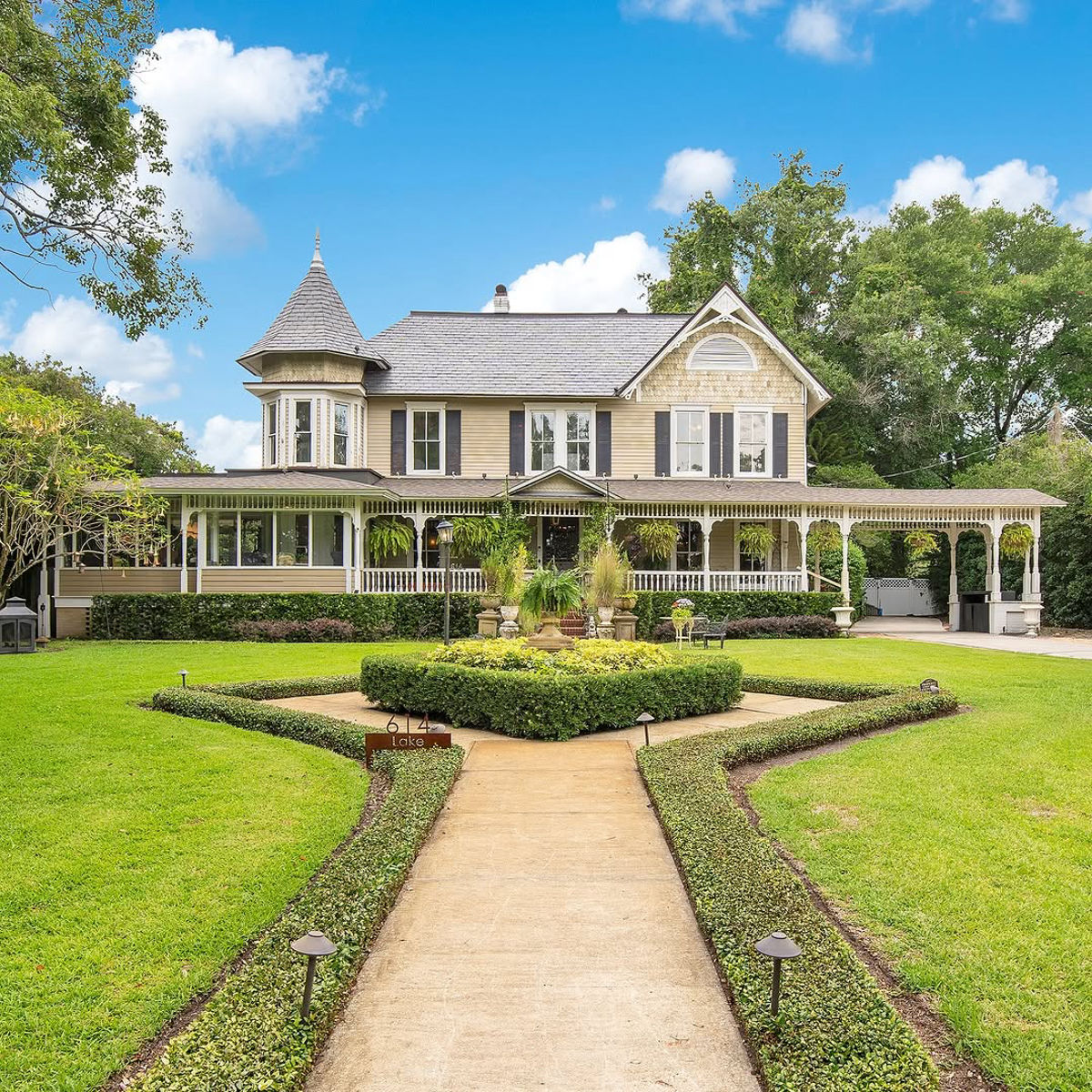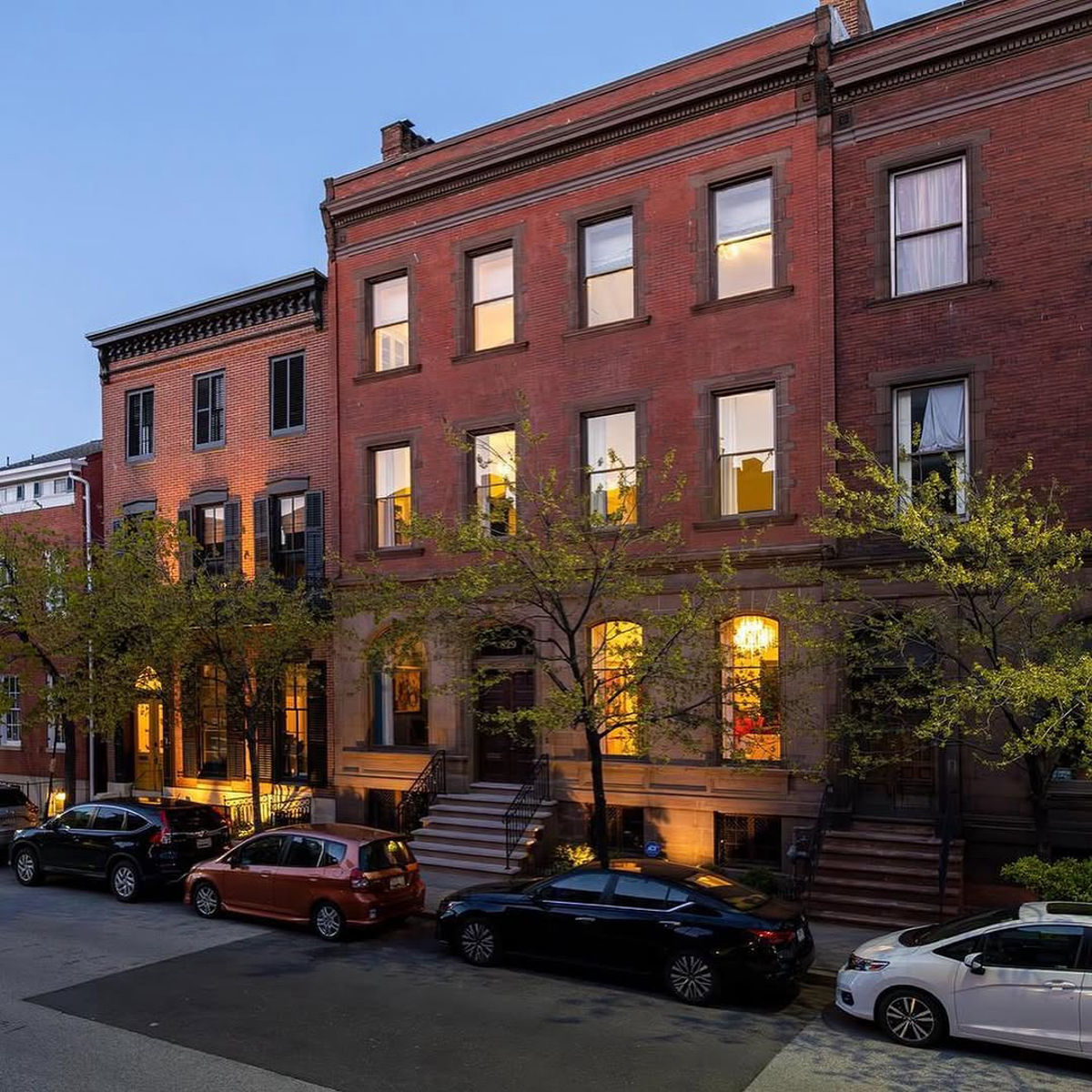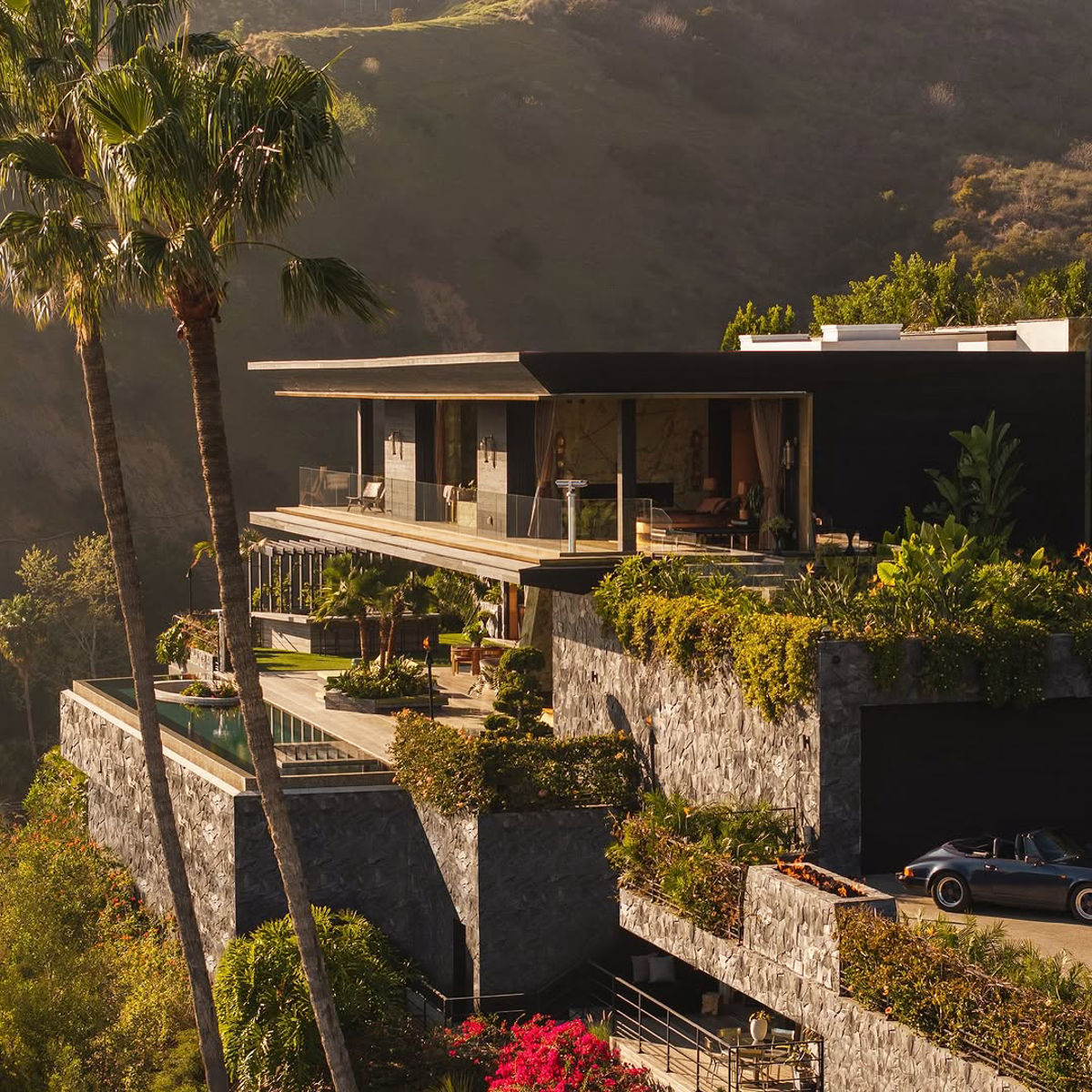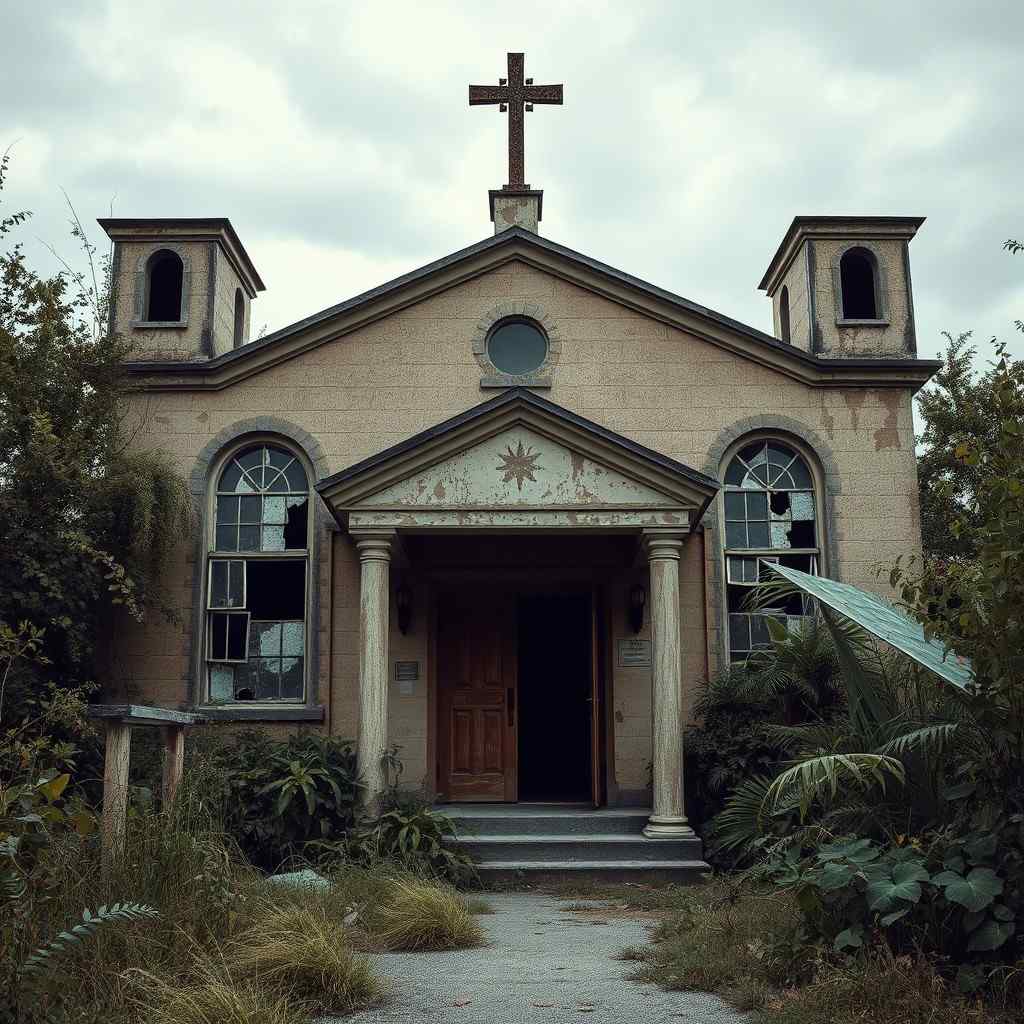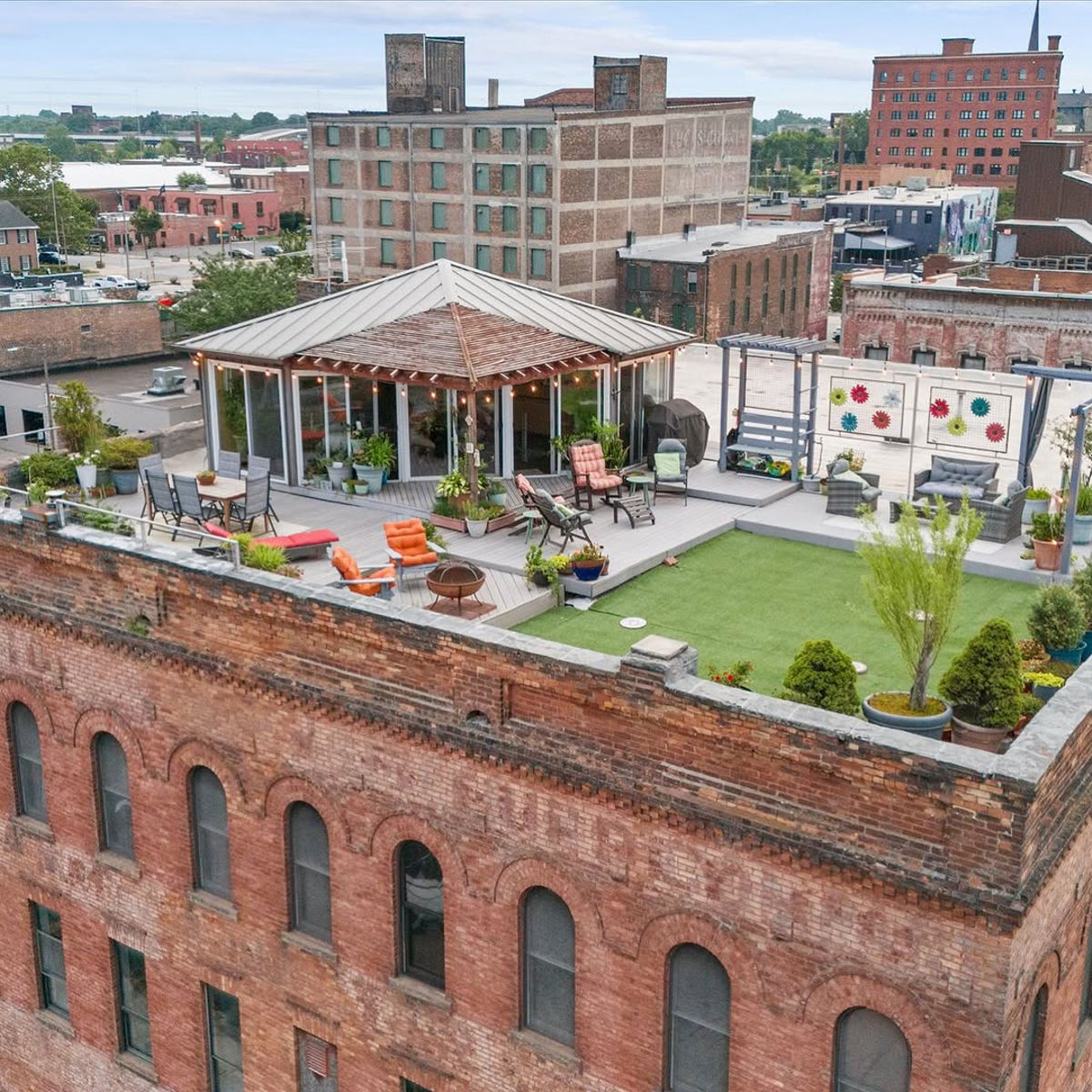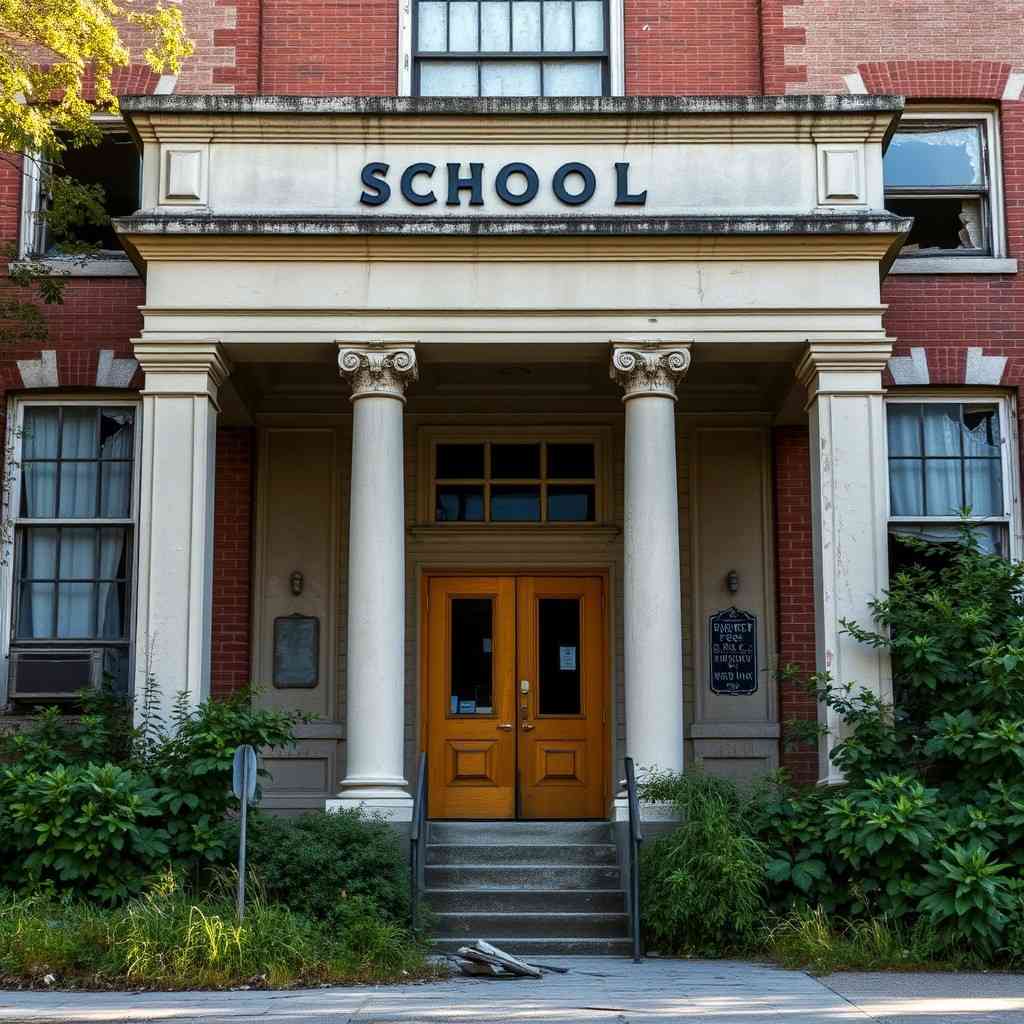Downtown Orlando’s historic charm reaches new heights with the listing of an extraordinary 1884 Queen Anne Victorian mansion, offering over 6,000 square feet of meticulously preserved elegance on one of the city’s most coveted residential lots. Priced at $3,750,000, this architectural masterpiece represents more than just a home—it’s a living piece of American history nestled in the heart of Florida’s most dynamic city.
The Allure of Queen Anne Victorian Architecture in Modern
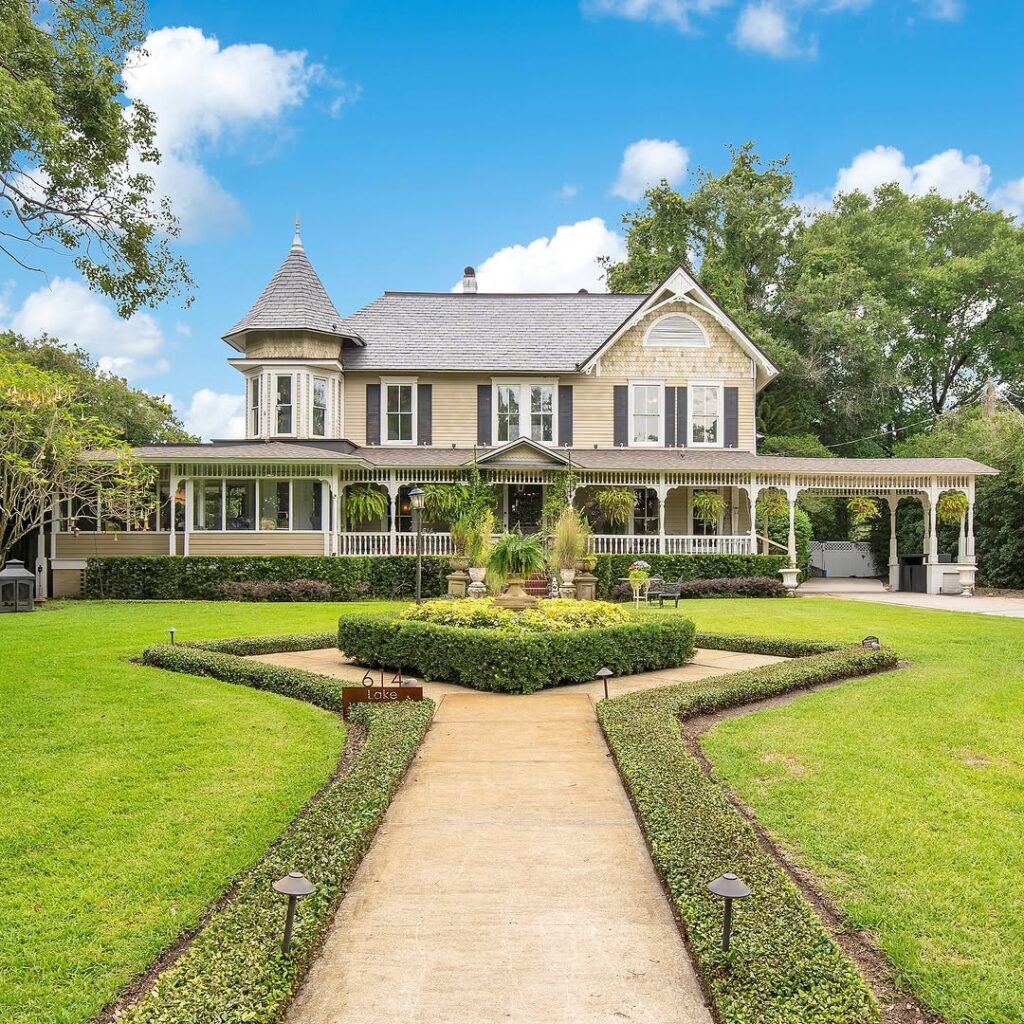
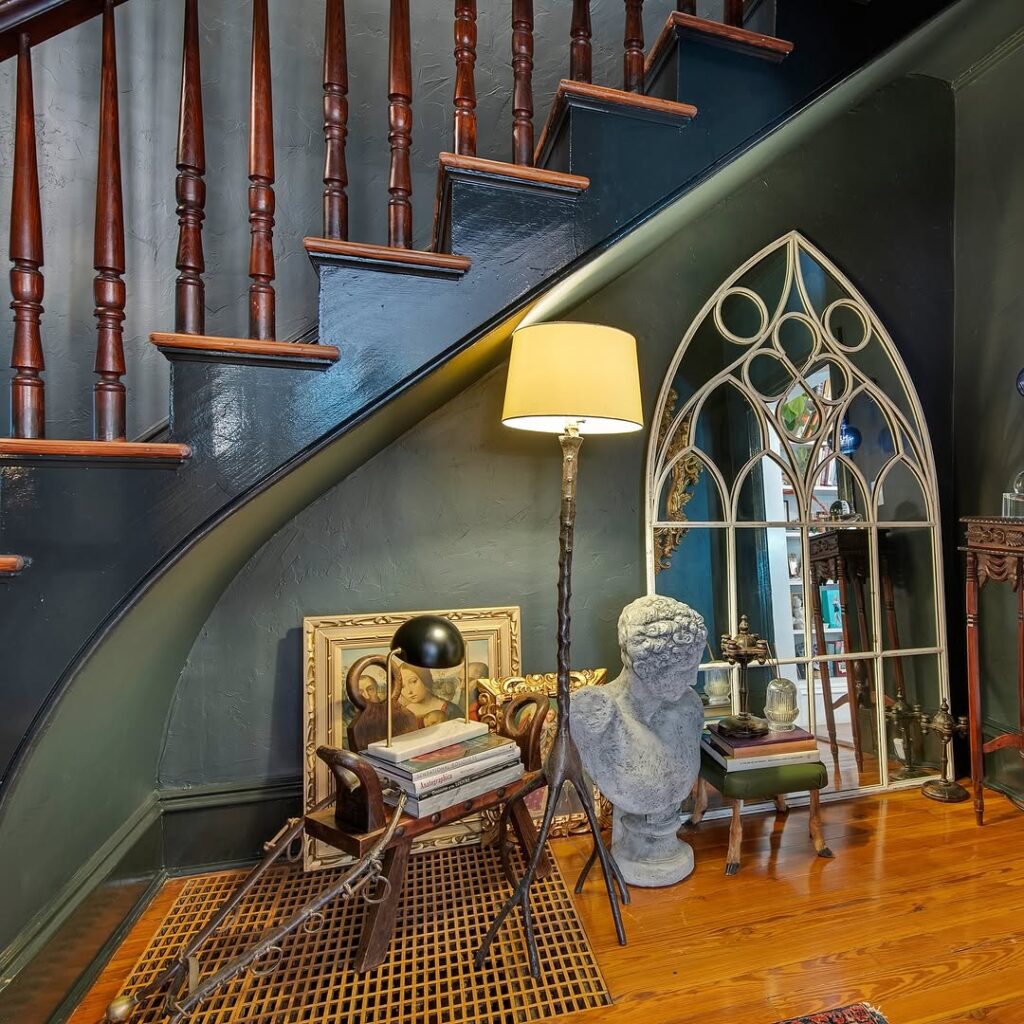
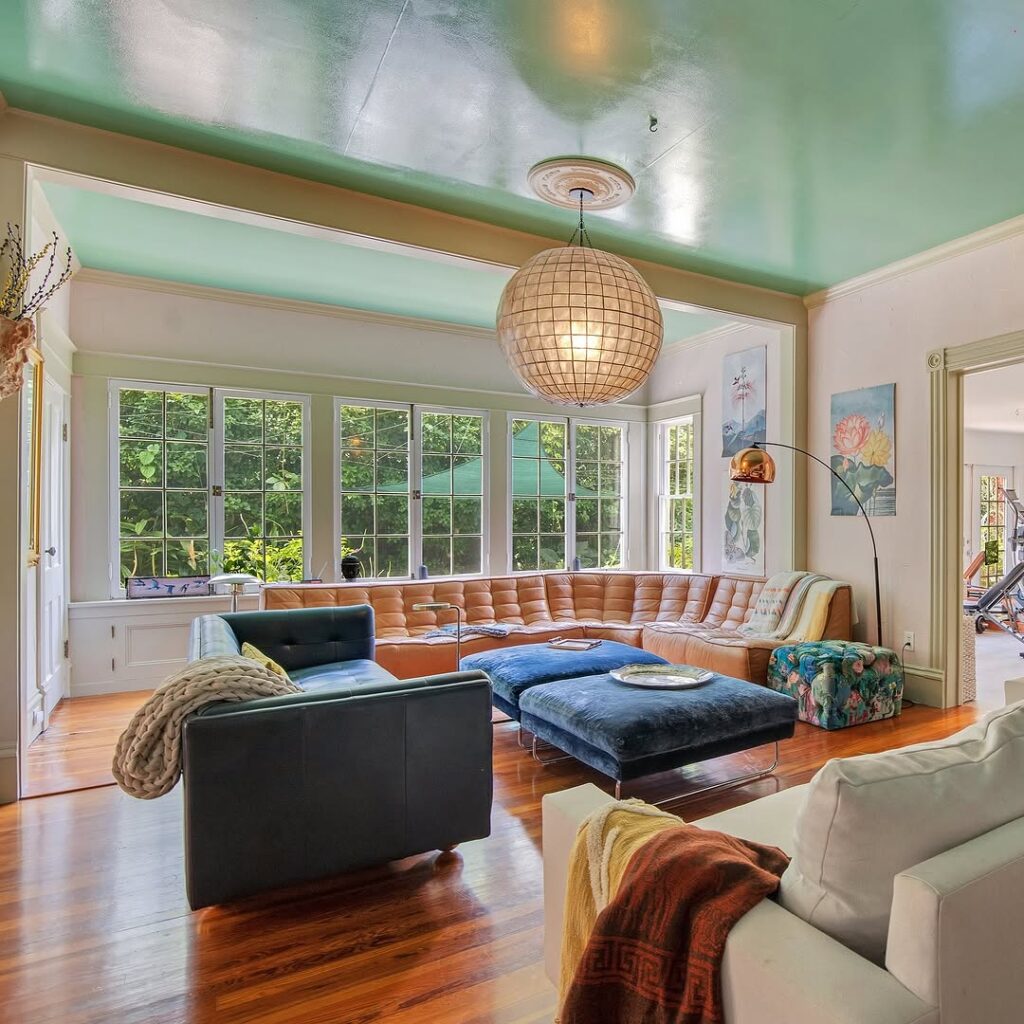
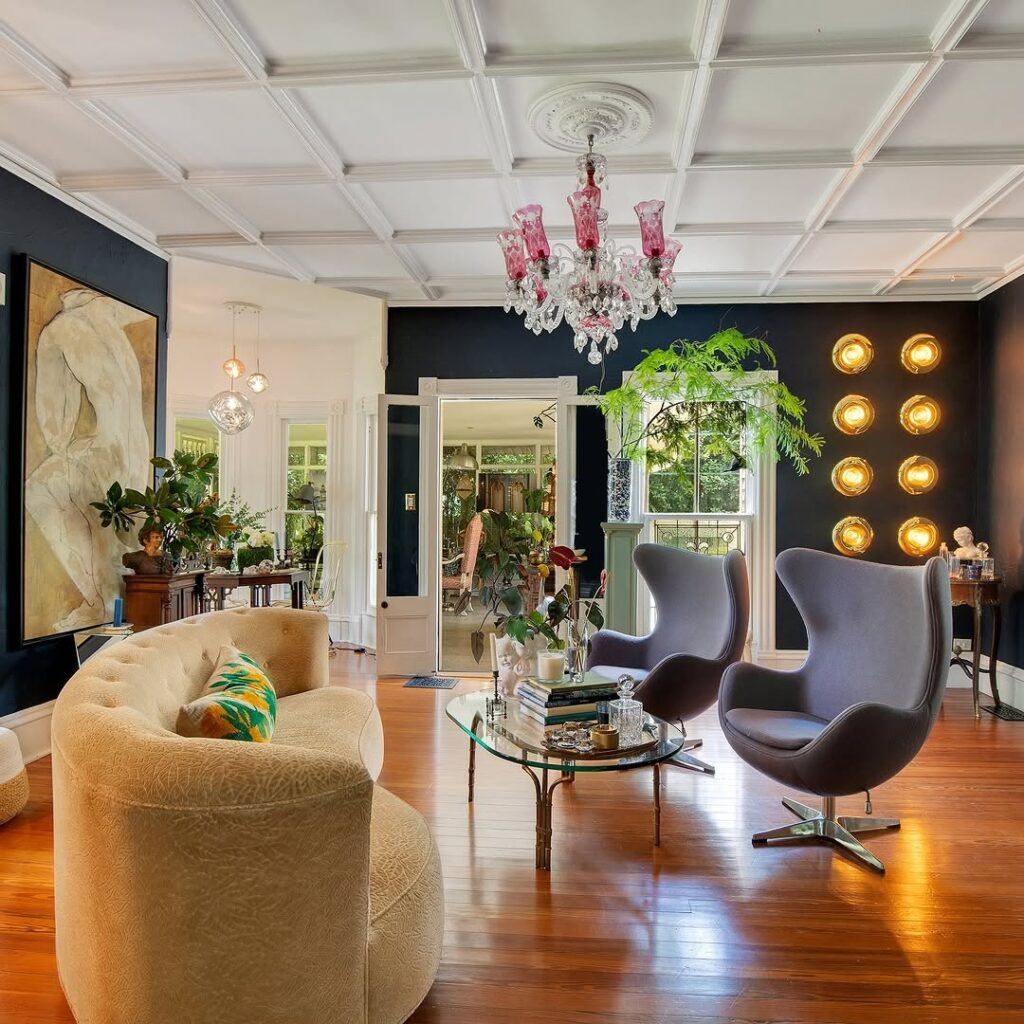
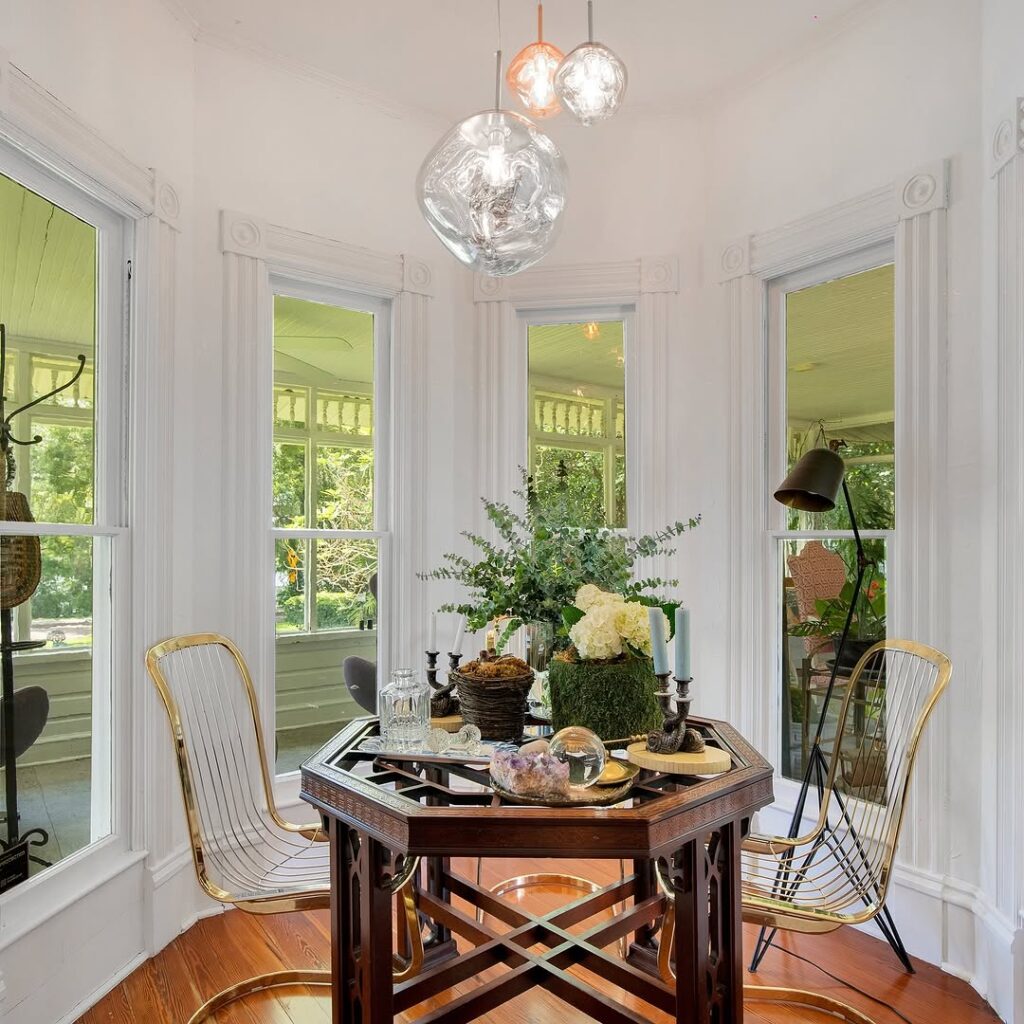
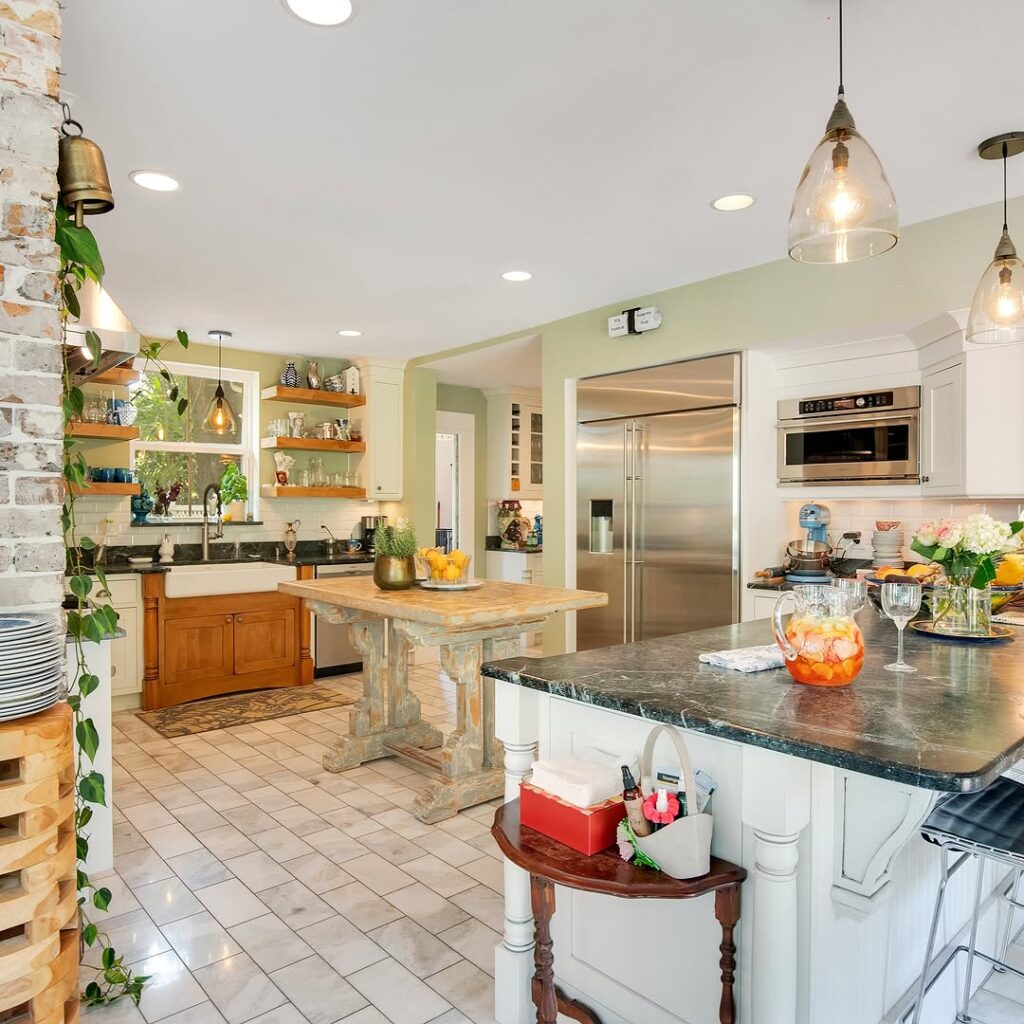
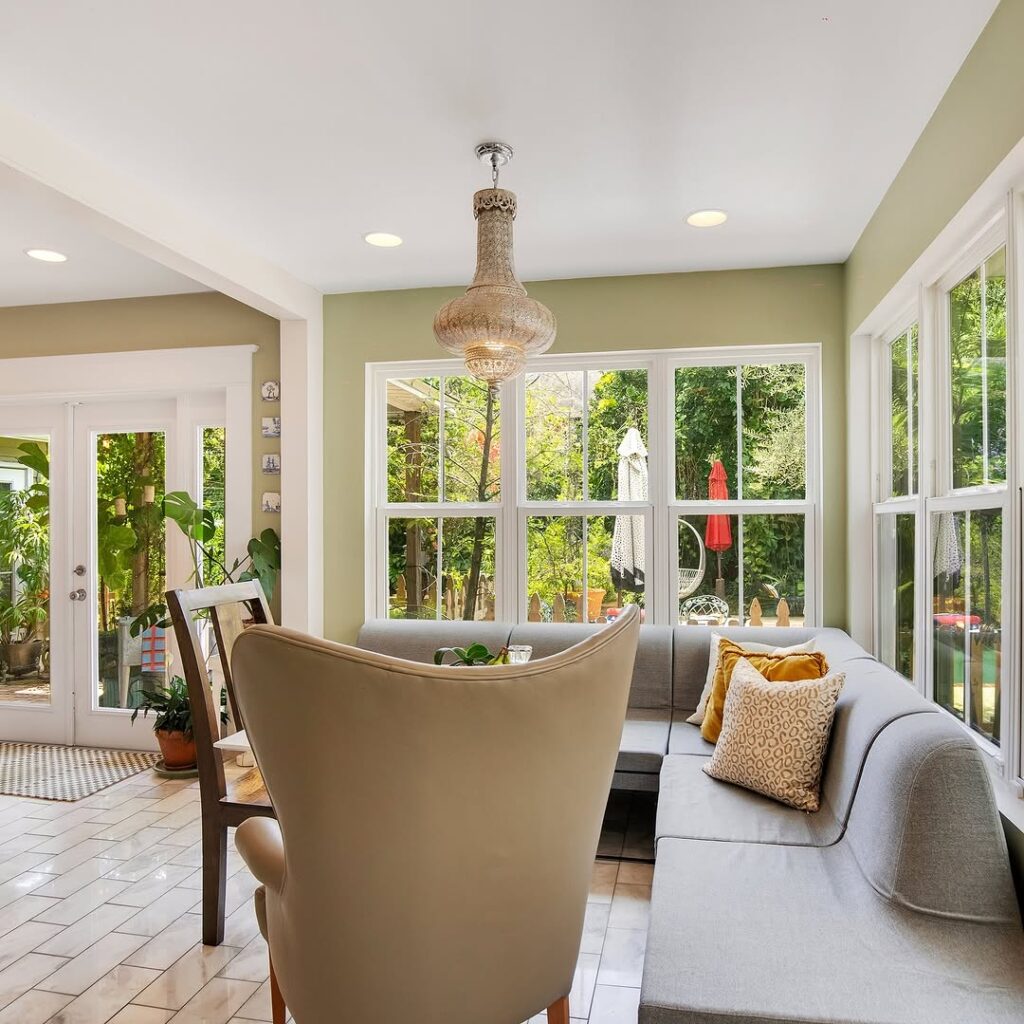
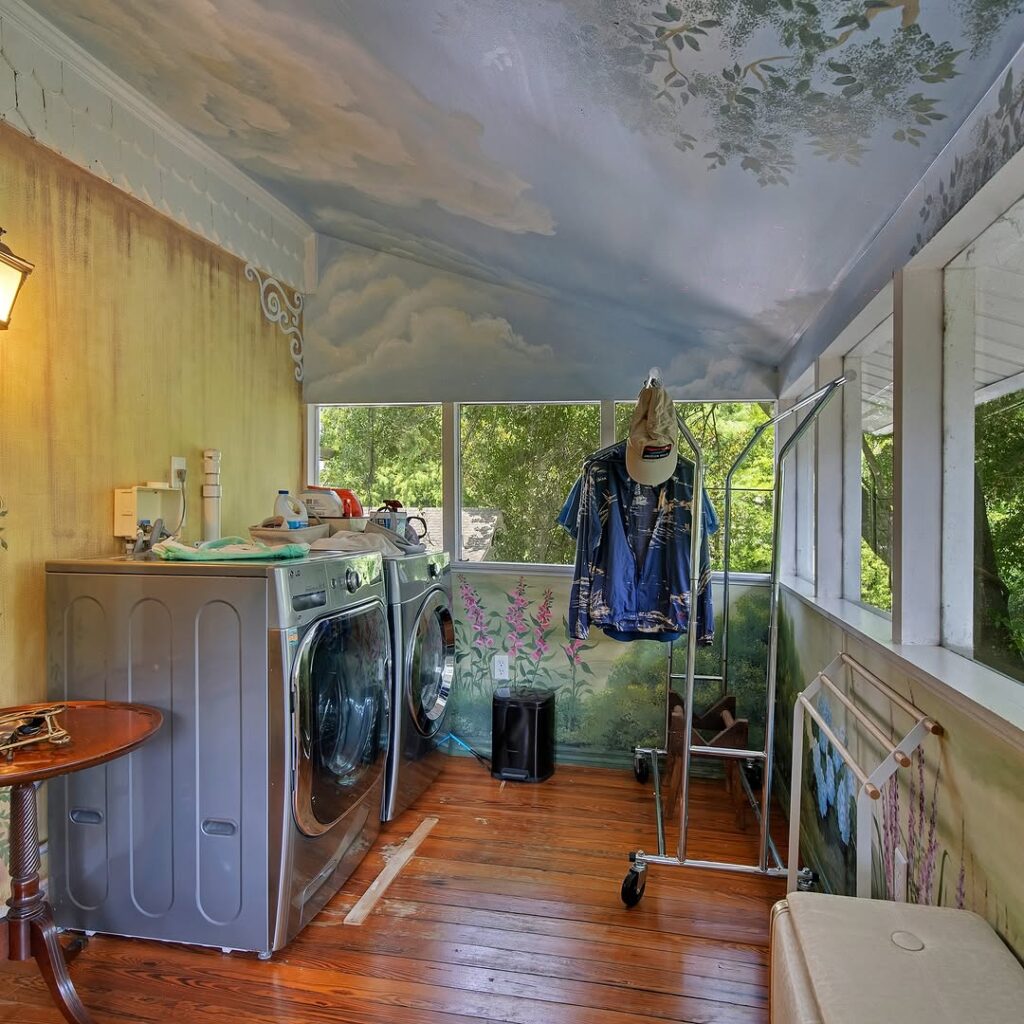
Orlando
Victorian architecture has experienced a remarkable renaissance in recent years, with discerning buyers increasingly drawn to the intricate craftsmanship and timeless elegance these homes represent. Queen Anne Victorian style, characterized by its asymmetrical facades, ornate woodwork, and distinctive turrets, emerged during the height of the Victorian era between 1880 and 1910. This particular Orlando gem, constructed in 1884, showcases the finest elements of this beloved architectural movement.
The property’s location in downtown Orlando adds another layer of desirability. As the city continues its rapid urban development, historic homes on substantial lots have become increasingly rare commodities. This mansion sits on what’s described as one of the “biggest downtown Orlando residential lots,” providing both privacy and prestige in an area where space commands premium prices.
Historical Significance of Victorian Homes in Florida
Florida’s Victorian heritage often gets overshadowed by its more famous Art Deco and Mediterranean Revival styles, yet the state boasts some of the most remarkable Victorian architecture in the Southeast. The 1880s marked a pivotal period in Florida’s development, coinciding with the arrival of railroad systems that brought wealthy settlers and sophisticated architectural styles to previously remote regions.
This 1884 Queen Anne Victorian represents Orlando’s earliest days of prosperity, constructed during an era when the city was transforming from a frontier settlement into a thriving commercial center. The preservation of such properties speaks to the community’s commitment to maintaining its architectural heritage while embracing modern growth.
Victorian homes from this period typically featured advanced construction techniques for their time, including balloon framing and mass-produced architectural elements that could be shipped via the expanding railroad network. These innovations allowed for the ornate decorative elements that define Queen Anne style: elaborate gingerbread trim, bay windows, wraparound porches, and the signature asymmetrical designs that make each home unique.
Inside the 6,000+ Square Foot Victorian Masterpiece
The mansion’s impressive 6,000+ square foot footprint provides ample space for modern living while maintaining the grandeur expected from a property of this caliber. Victorian homes of this era were designed to accommodate large families and frequent entertaining, with distinct zones for public and private activities.
Typical features found in homes of this style and period include soaring ceilings that create dramatic vertical space, often reaching 10 to 12 feet in main living areas. The layout likely incorporates the classic Victorian flow, with formal parlors for receiving guests, separate dining rooms for elaborate meals, and private family quarters positioned away from public spaces.
Original architectural details in well-preserved Victorian homes often include intricate millwork, decorative ceiling medallions, original hardwood floors, and period-appropriate lighting fixtures. These elements, when maintained or carefully restored, contribute significantly to a property’s value and historical authenticity.
The kitchen and bathrooms in historic homes of this age have typically undergone modern updates while preserving period character. Contemporary buyers expect modern conveniences seamlessly integrated with historic charm, creating spaces that honor the past while serving present-day needs.
Prime Downtown Orlando Real Estate Location
Downtown Orlando’s real estate market has experienced remarkable growth over the past decade, with property values climbing steadily as the city establishes itself as a major metropolitan center. The downtown core offers residents walkable access to world-class dining, cultural attractions, professional sports venues, and a thriving business district.
The mansion’s position on one of downtown’s largest residential lots provides a rare combination of urban convenience and suburban-style privacy. Large lots in downtown areas command premium prices due to their scarcity and development potential. This property offers future owners the flexibility to maintain the existing historic home while potentially expanding or developing additional structures within zoning regulations.
Orlando’s downtown renaissance has attracted both young professionals and established families seeking the vibrancy of city living without sacrificing space and comfort. The area’s proximity to major highways, international airports, and employment centers makes it particularly attractive to buyers who value both historic character and modern connectivity.
Investment Potential and Market Analysis
At $3,750,000, this Victorian mansion represents a significant investment in both real estate and American architectural history. Historic homes in prime urban locations have demonstrated strong appreciation potential, particularly when they’ve been well-maintained or thoughtfully restored.
The luxury real estate market in Orlando has shown resilience and growth, driven by factors including population growth, economic diversification, and increased recognition of the city’s cultural and recreational amenities. Historic properties add an element of uniqueness that new construction cannot replicate, appealing to buyers seeking distinction and character.
Investment considerations for a property of this magnitude include ongoing maintenance requirements typical of historic homes, potential tax advantages available for historic properties, and the long-term appreciation potential of irreplaceable architectural assets in increasingly dense urban environments.
Restoration and Preservation Considerations
Owning a Victorian mansion from 1884 requires understanding both the rewards and responsibilities of historic property ownership. These homes demand specialized knowledge for proper maintenance and restoration, from understanding period-appropriate materials to working with craftspeople skilled in traditional techniques.
Successful Victorian home ownership often involves balancing preservation of historic character with necessary modern updates. This might include upgrading mechanical systems while preserving original architectural elements, improving energy efficiency while maintaining period aesthetics, and ensuring structural integrity while respecting original construction methods.
Many historic home owners find deep satisfaction in serving as stewards of architectural heritage, contributing to their community’s historic preservation while enjoying the unique living experience these properties provide. The craftsmanship evident in Victorian-era construction often surpasses modern building standards in both materials and attention to detail.
The Victorian Lifestyle: Living in Historic Luxury
Life in a Queen Anne Victorian offers experiences impossible to replicate in contemporary homes. The architectural details that define these properties—from intricate woodwork to distinctive room layouts—create living spaces with character and personality that evolve over time.
Victorian homes were designed for a different pace of life, with spaces dedicated to specific activities and social functions. Modern families often find creative ways to adapt these layouts, converting formal parlors into home offices, using service areas for modern conveniences, and transforming upper floors into private retreats.
The substantial square footage typical of Victorian mansions provides flexibility for various lifestyle needs. Whether accommodating multi-generational families, establishing home-based businesses, or creating elaborate entertainment spaces, these homes offer possibilities limited only by imagination and budget.
Orlando’s Growing Appreciation for Historic Architecture
Orlando’s rapid growth and development have increased appreciation for the city’s limited historic architecture. As newer developments dominate the landscape, properties like this 1884 Victorian mansion become increasingly precious as tangible connections to the city’s founding era.
The city’s commitment to historic preservation, evident through various downtown revitalization efforts and historic district designations, supports property values while maintaining community character. This creates a favorable environment for owners of historic properties, who benefit from both individual property appreciation and broader community investment in heritage preservation.
Cultural institutions, preservation organizations, and city planning initiatives increasingly recognize historic homes as community assets worthy of protection and celebration. This supportive environment enhances both the investment potential and personal satisfaction of historic home ownership.
Architectural Details That Define Queen Anne Victorian Style
Queen Anne Victorian architecture represents one of America’s most beloved and recognizable styles, characterized by specific design elements that distinguish it from other Victorian-era movements. Understanding these features helps appreciate what makes this 1884 Orlando mansion particularly special.
The asymmetrical facade typical of Queen Anne homes creates visual interest and breaks away from the formal symmetry of earlier architectural styles. This approach allowed architects greater creative freedom, resulting in unique compositions that make each home distinctive. Bay windows, another hallmark feature, extend living spaces while providing additional natural light and creating the irregular rooflines that give Queen Anne homes their characteristic charm.
Decorative woodwork, often called “gingerbread,” adorns exterior surfaces with intricate patterns that showcase the craftsmanship possible with new industrial manufacturing techniques of the 1880s. These ornamental elements, when properly maintained, serve as both artistic expression and testament to the skill of period craftspeople.
Modern Amenities in Historic Settings
Contemporary buyers of historic homes expect seamless integration of modern conveniences with period character. Successful renovations of Victorian properties typically address climate control, updated electrical and plumbing systems, modern kitchen functionality, and contemporary bathroom amenities while preserving the architectural elements that define the home’s character.
Climate control in homes of this era requires careful planning to accommodate modern HVAC systems within historic structures. Period homes often feature high ceilings and multiple levels that can present challenges for efficient heating and cooling, requiring creative solutions that don’t compromise architectural integrity.
Kitchen and bathroom updates in Victorian homes often become showcases for blending old and new, incorporating period-appropriate fixtures and finishes while providing contemporary functionality. These spaces can become the most valuable areas of the home when executed thoughtfully.
The Future of Historic Real Estate in Orlando
Orlando’s continued growth and development create both opportunities and challenges for historic property preservation. As the city expands and densifies, properties like this Victorian mansion become increasingly rare and valuable as examples of the area’s architectural heritage.
Market trends suggest growing appreciation for unique properties that offer character and history unavailable in new construction. Buyers increasingly seek homes that tell stories and provide connection to place and time, characteristics that historic properties uniquely provide.
The intersection of historic preservation and urban development creates dynamic real estate markets where well-preserved historic homes can appreciate significantly as they become focal points of neighborhood character and community identity.
Frequently Asked Questions
What makes Queen Anne Victorian architecture unique?
Queen Anne Victorian architecture is distinguished by its asymmetrical facades, ornate decorative woodwork, bay windows, wraparound porches, and distinctive turrets or towers. This style emerged in the 1880s and emphasized creative freedom over formal symmetry, allowing architects to create unique, visually interesting compositions. The style often features multiple colors and textures, creating homes with remarkable character and individuality.
Why are Victorian homes in downtown Orlando particularly valuable?
Victorian homes in downtown Orlando are exceptionally valuable due to their rarity, historic significance, and prime location. As Orlando has developed rapidly, most historic structures have been demolished, making surviving examples increasingly precious. Downtown locations provide urban conveniences while large lots offer privacy and development potential that’s become scarce in city centers.
What are the maintenance requirements for an 1884 Victorian home?
Maintaining an 1884 Victorian home requires specialized knowledge of historic construction methods and materials. Regular maintenance includes preserving original woodwork, maintaining period-appropriate paint schemes, addressing foundation and structural issues common to 140-year-old buildings, and updating mechanical systems while preserving architectural integrity. Professional consultation with historic preservation specialists is often necessary.
Can historic homes like this qualify for tax benefits?
Historic homes may qualify for various tax benefits, including local property tax reductions, state historic preservation tax credits, and federal historic tax credits for qualifying rehabilitation projects. Benefits vary by location and specific circumstances, and property owners should consult with tax professionals and historic preservation offices to understand available incentives.
How do you modernize a Victorian home without losing its character?
Modernizing Victorian homes successfully requires careful planning to integrate contemporary conveniences while preserving defining architectural features. This typically involves updating mechanical systems discretely, renovating kitchens and bathrooms with period-appropriate materials and fixtures, and addressing energy efficiency through methods that don’t compromise historic character. Working with professionals experienced in historic renovation is essential.
What should buyers consider when purchasing a historic Victorian mansion?
Buyers should consider ongoing maintenance costs, the availability of skilled craftspeople for specialized work, potential restrictions from historic designations, insurance considerations for older construction, and the time and financial commitment required for proper stewardship. However, these considerations are balanced by the unique living experience and investment potential these properties offer.
How does the Orlando real estate market support historic property values?
Orlando’s growing economy, population growth, and increasing appreciation for historic architecture create favorable conditions for historic property values. The city’s commitment to downtown revitalization and historic preservation, combined with the rarity of surviving Victorian-era homes, supports strong appreciation potential for well-maintained historic properties.
What financing options exist for expensive historic homes?
Financing options for expensive historic homes include conventional mortgages, jumbo loans for properties above conforming loan limits, renovation loans that can include restoration costs, and specialized historic preservation loans. Some lenders have experience with historic properties and understand their unique characteristics and value propositions.
This magnificent 1884 Queen Anne Victorian mansion represents more than just a real estate opportunity—it’s a chance to own a piece of Orlando’s founding history while enjoying one of the city’s most distinctive and elegant homes. With its commanding presence on one of downtown’s largest residential lots, over 6,000 square feet of thoughtfully preserved space, and a price point that reflects both its rarity and location, this property appeals to buyers seeking the ultimate combination of historic character and urban sophistication.
The mansion stands as testament to the enduring appeal of Victorian architecture and the growing recognition of historic properties as both wise investments and irreplaceable cultural assets. For those with appreciation for architectural heritage and the resources to maintain such a treasure, this Orlando Victorian offers the opportunity to become steward of a truly exceptional piece of American architectural history.
![]()
